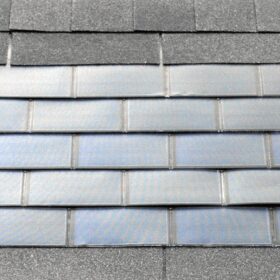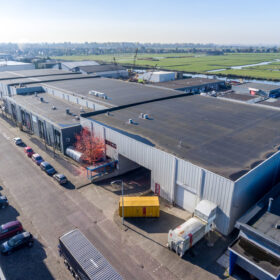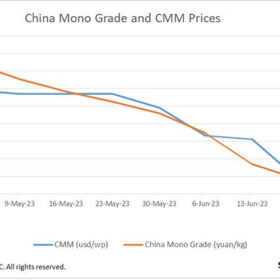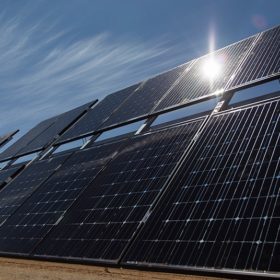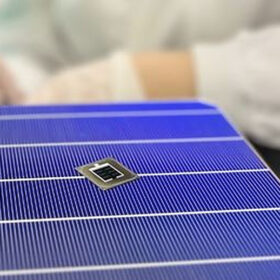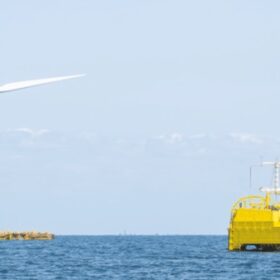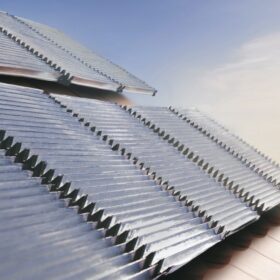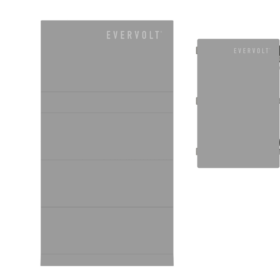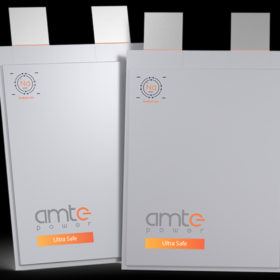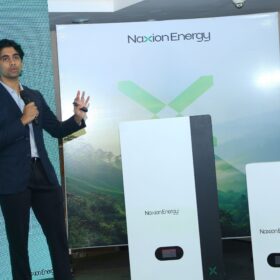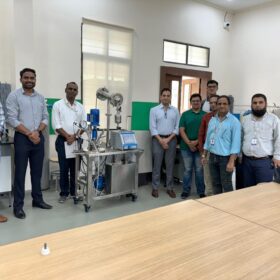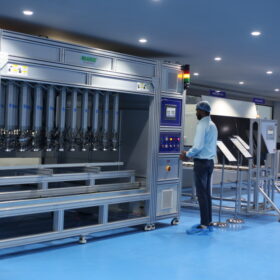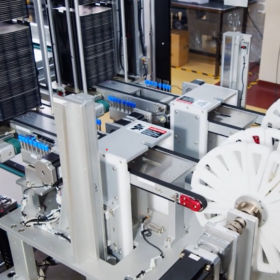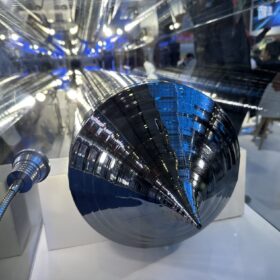Roof-integrated solar takes 44% less time to install on new construction
A time-motion study by NREL discovered that retrofitting installations of roof-integrated photovoltaics takes 7% less labor time than standard solar installations. For new construction, the installation time drops by 44%.
Dutch government allocates €412 million to support ‘circular’ PV panel manufacturing
The Dutch cabinet said it will support solar factories that will produce panels with a circular economy approach. It also allocated €296 million to support battery manufacturing.
China polysilicon price fall decelerates as it reaches ground-floor
In a new weekly update for pv magazine, OPIS, a Dow Jones company, provides a quick look at the main price trends in the global PV industry.
US researchers identify rising number of solar siting restrictions
Columbia University researchers have identified 59 new renewable energy siting restrictions across 35 US states, taking the total to 228. They noted that nine state-level restrictions are severe enough to block projects.
All solar cell efficiencies at a glance – updated
The research group led by Professor Martin Green has published Version 62 of the solar cell efficiency tables. There are 21 new results reported in the new version, a record number for the Tables.
Lhyfe launches world’s first offshore hydrogen project
Lhyfe has started producing offshore hydrogen via a pilot project in France, and Toyota and its partners have agreed to invest in hydrogen in Thailand. The Australian authorities, meanwhile, have approved a hydrogen project in Victoria.
Solar-driven photoreactors to generate hydrogen on rooftops
Scientists led by the Karlsruhe Institute of Technology have designed panel-like photoreactors relying on a water-splitting photocatalyst that could produce hydrogen on rooftops or dedicated solar farms. They claim the photoreactors have high economic potential because of their ‘extremely’ low costs.
Germany seeking proposals for 10 GW of solar factories
Solar manufacturers have until Aug. 15 to submit PV factory proposals to the German authorities.
Panasonic introduces new home battery
Panasonic’s EverVolt home battery supports DC and AC coupling for new and existing solar arrays.
Global sodium-ion battery market expected to reach $2.6 billion by 2028
The global sodium-ion battery market will grow at 16.2% annually to touch $2.6 billion by 2028. Major drivers include an increasing demand for these batteries as a lithium battery replacement for renewable energy storage and the growing trend towards low-speed electric cars.
